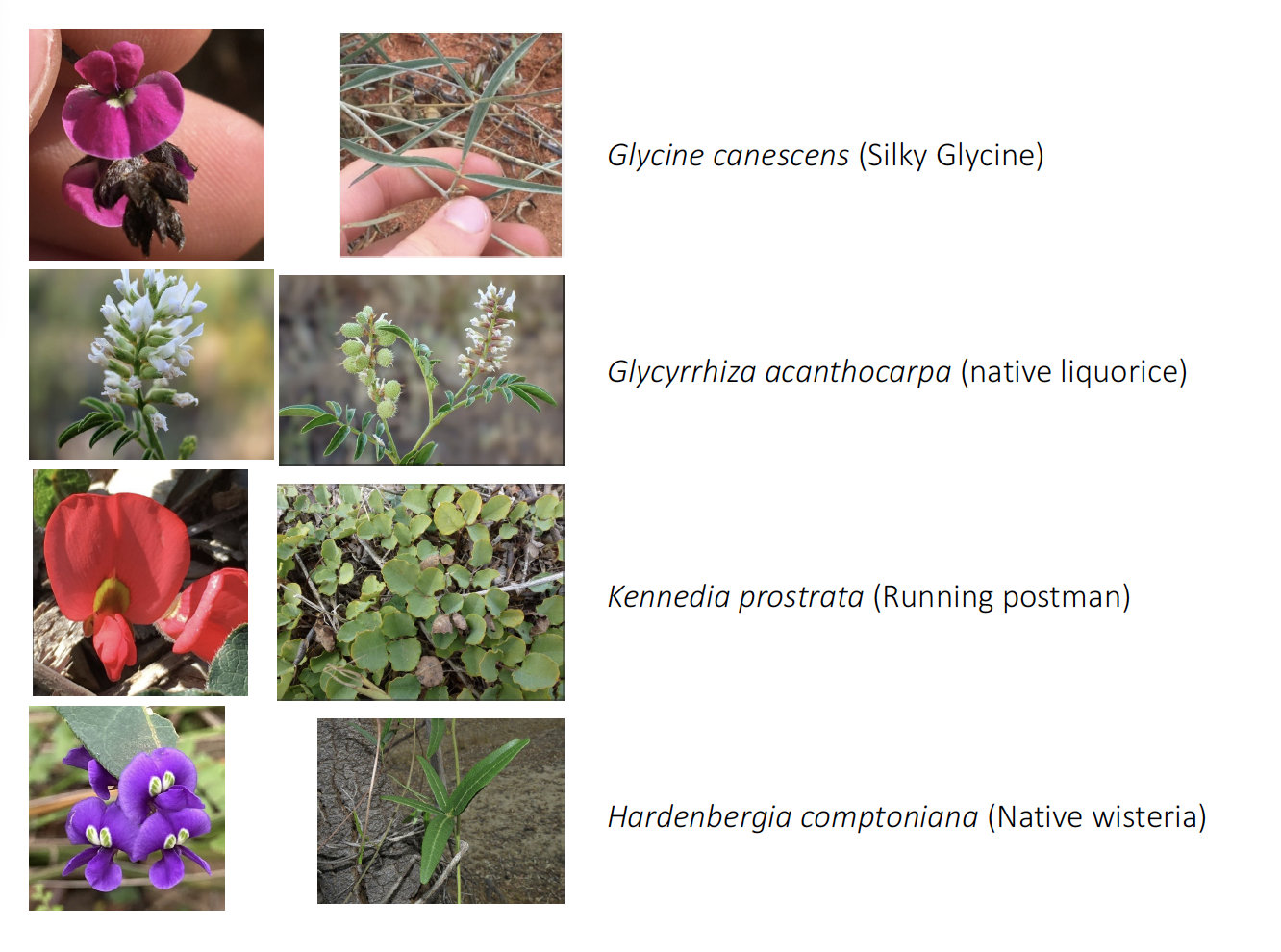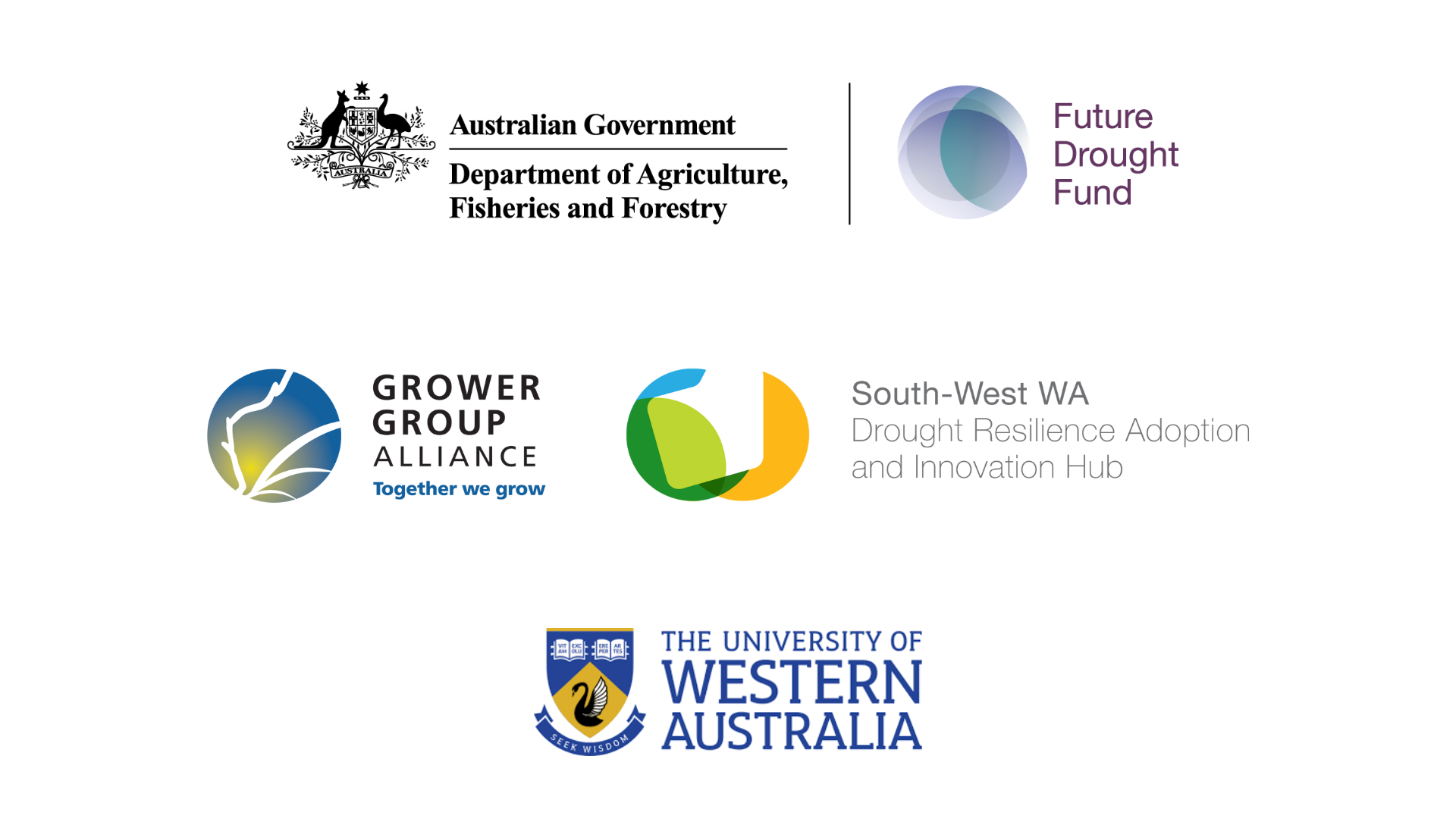Views and positions of Western Australian grain growers towards enhancing the traceability of grains’ sustainability credentials
Project lead: University of Western Australia
Project dates: March 2023 – June 2024
Project summary
The growing demand for information on how agricultural commodities are produced and managed along the supply chain is putting increasing pressure on farmers to provide verifiable evidence that meets downstream players’ Environmental, Social, and Governance (ESG) reporting obligations. In this context, the adoption of information technologies, such as traceability systems (TS), emerges as a powerful tool for visualising and transparently communicating growers’ sustainability efforts, including their strategies for improving drought resilience.
These systems not only showcase the steps taken to enhance sustainability but also create tangible value for downstream stakeholders, from mid-tier participants to end consumers. While improving drought resilience and other aspects of sustainability often involves additional production costs, effectively communicating these efforts through traceability systems can turn these challenges into economic gains. By transparently highlighting their sustainability performance to key supply chain agents, growers will be better positioned to pursue market differentiation strategies that allow them to capitalise on their efforts.
Most claims associated with sustainability (e.g., chemical use, carbon emissions, land use change) require data primarily found within the farm boundaries. Therefore, a better understanding of farmers’ willingness to adopt information-sharing technologies such as TS is essential.
In this study, Australia’s export-oriented grain industry has been targeted to investigate grain growers’ perceptions and attitudes towards adopting TS reporting of Australian grains’ sustainability credentials. It is worth noting that the Australian government, anticipating the potential economic impact of enhanced traceability, is creating a National Agricultural Traceability Strategy. This strategy is projected to significantly grow the value of agriculture, potentially adding $400 million to $1 billion in export value per year (DAFF, 2023).
This study aims to contribute to a better understanding of Australian grain growers’ views and positions on the adoption of information technologies like TS that capture data on sustainability indicators at the farm level. While such systems are, to date, hypothetical, they are envisaged to provide a documented chain of evidence to inform industry stakeholders about specific sustainability metrics. In this study, we have focused on two key aspects: emissions intensity (embedded CO2 emissions per tonne of grain) and a crop’s record of chemical applications.
A survey was designed to collect data for this analysis. The survey was open from July 2023 to April 2024, collecting 82 responses in total from across the three rainfall regions of WA.
Results
The exploratory analysis identified four factors. The first factor encompassed variables associated with Performance Benefits and Social Influence. Specifically, within performance benefits, the marketing advantage that TS could represent for the WA grain industry and the perception that TS could generate economic benefits for growers’ farm businesses stood out. In the social influence sphere, the notion that TS could cater to consumer preferences for sustainability, enhance a grower’s reputation, and satisfy the expectations of significant others were all captured by this factor. The second factor comprised variables related to the Effort Expectancy that growers associated with adopting TS, primarily the perception that the adoption process will be time-consuming, require new data collection efforts and will necessitate the development of new digital skills. The third factor included two variables associated with growers’ risk perceptions from data sharing vulnerabilities and one variable related to poor internet infrastructure as an obstacle to adopting TS. Finally, the fourth included two variables related to what growers perceive as Facilitating Conditions to ease the adoption process: the role of R&D institutions like GRDC and private consultancy services.
The results from the subset of questions delving into growers’ intention to adopt TS showed that 66% of respondents had a positive willingness to adopt TS if it becomes mandatory in conventional marketing channels. This positive disposition increased when intentions were assessed in the presence of price incentives, with an overwhelming 85% of respondents indicating a high likelihood of adoption if offered a market premium for traceable grain. Conversely, the likelihood of voluntary adoption in the initial stages appears low, especially if growers do not perceive direct benefits to their operations. Results indicated that in the face of an uncertain payoff for investing in TS, most growers would either remain neutral (40%) or opt not to adopt (36%). Additionally, about 51% of participants remained neutral about accepting an increase in their grain logistics cost to avoid adoption. Nevertheless, presenting a clear value proposition could potentially boost adoption in the long term, with 51% expressing willingness to adopt given increased clarity of long-term benefits. When asked if they would never adopt TS, no one agreed with the proposition, with 70% disagreeing, and 30% neutral, implying a broad support for TS.
When evaluating the relationship between the four identified factors and the stated intentions towards adoption under the analysed scenarios, we observed that the first factor (Performance Benefits and Social Influence) had a consistent and significant positive effect on positive intentions and can be anticipated as strong drivers for TS adoption. Conversely, Effort Expectancy and Perceived Risk (Factors 2 and 3, respectively) had a significant and positive effect in scenarios reflecting growers’ unwillingness to adopt TS, suggesting they could be potential barriers to adoption.
Finally, the study found that 56% of respondents believe that adopting TS will result in at least one financial or environmental benefit, and approximately 30% anticipate that both benefits will occur together. Not surprisingly, respondents in that group were associated with positive performance benefits expectations and positive social influences.
Concluding remarks
The results of this study provide valuable insights for policymakers and decision-makers when designing strategies to promote the adoption of TS in the WA grain industry. Our findings identify specific drivers and barriers to adoption, which can act as levers to influence the dynamics of the TS adoption process.
Most importantly, presenting growers with a clear value proposition will be crucial for gaining support. While growers are aware of the market’s increasing demand for sustainability reporting and the potential role of TS, they are uncertain about the direct benefits and the opportunity cost of not adopting TS as a strategy for enhancing marketing differentiation. Perceptions of the effort required to collect new data and develop new skills and concerns about data safety could be significant barriers that slow the adoption of TS.
This analysis highlights how critical it is to design industry communication strategies around data governance structures and security mechanisms to reduce uncertainty regarding these two critical aspects heavily identified in this study to undermine pro-adoption behaviours. Future extension and adoption strategies, especially in a scenario where TS becomes essential for gaining market access, need to address the heterogeneity in attitudes/perceptions among growers to minimise the risk of a digital divide retarding the consolidation of TS within the industry as a whole. As our survey reflected, the diffusion and promotion of TS technologies should be facilitated through research institutions, consulting companies, and other entities that growers trust, particularly to achieve widespread initial adoption at high rates.
This project is supported by the South-West WA Drought Resilience Adoption and Innovation Hub through funding from the Australian Government’s Future Drought Fund.
News
Research team on the look-out for native legumes samples
The research team is currently looking for samples of Glycine canescens (Silky Glycine), Glycyrrhiza acanthocarpa (native liquorice), Kennedia prostrata (Running postman), and Hardenbergia comptoniana (Native wisteria) to evaluate their potential as grain and pasture crops. Images of the species are below.
Farmers who have any of these species on their property and are willing to allow samples to be taken are invited to provide their contact details at the link below. One of the researchers will follow up for collection.
Sampling is scheduled to take place mid-September.

Additional resources
Collaborators

The project team would like to thank Farmanco for supporting this project.
Contact
Emmanuel Gomez
PhD candidate, University of Western Australia
emanuel.gomez@research.uwa.edu.au
Kellie-Jane (KJ) Pritchard
Hub Project Manager, South-West WA Drought Resilience Adoption and Innovation Hub
kjpritchard@gga.org.au
